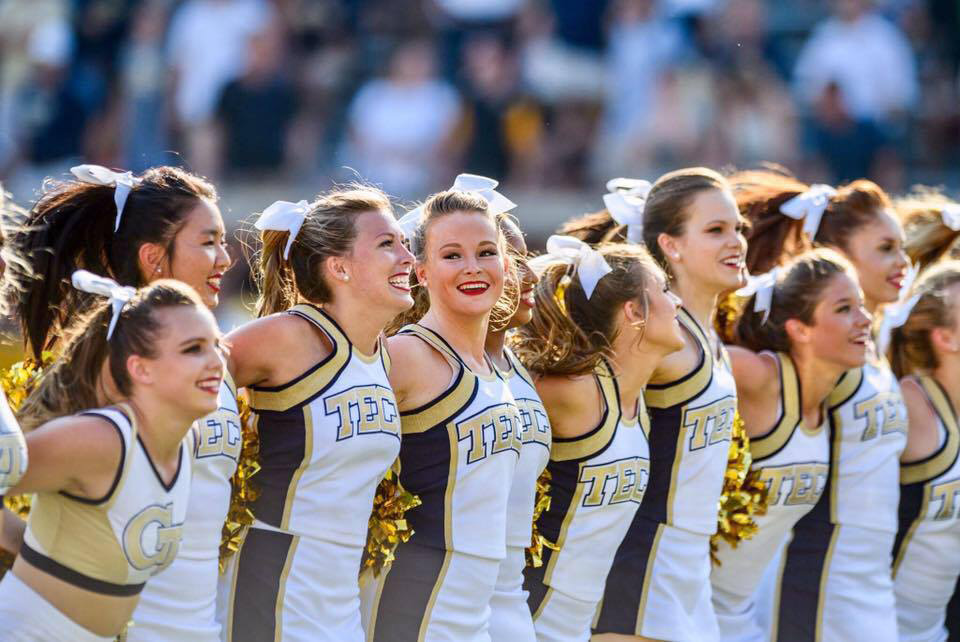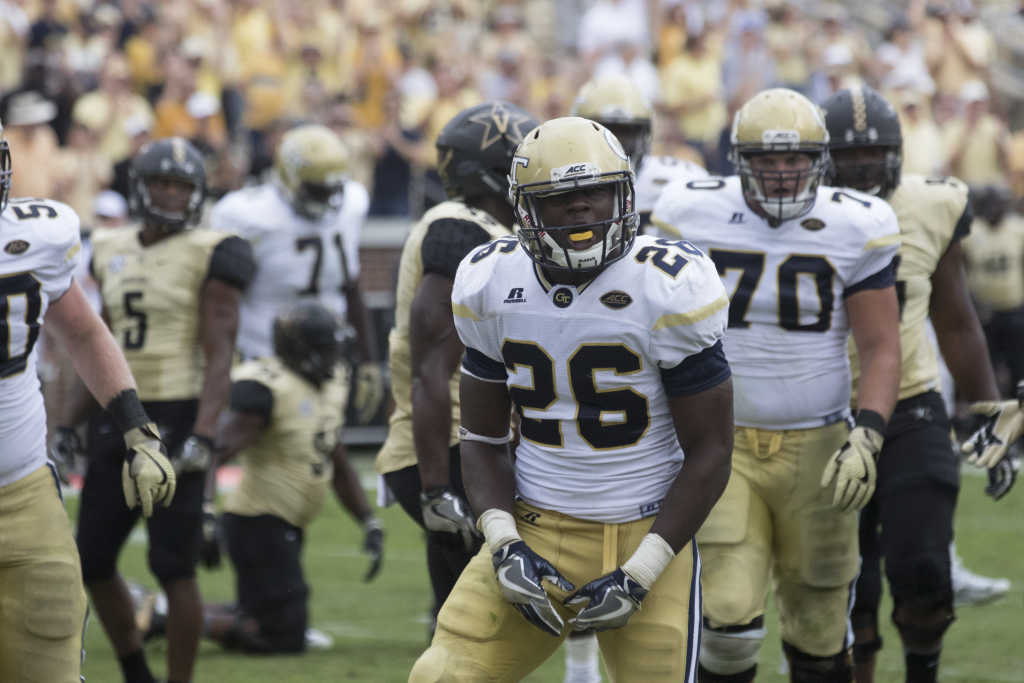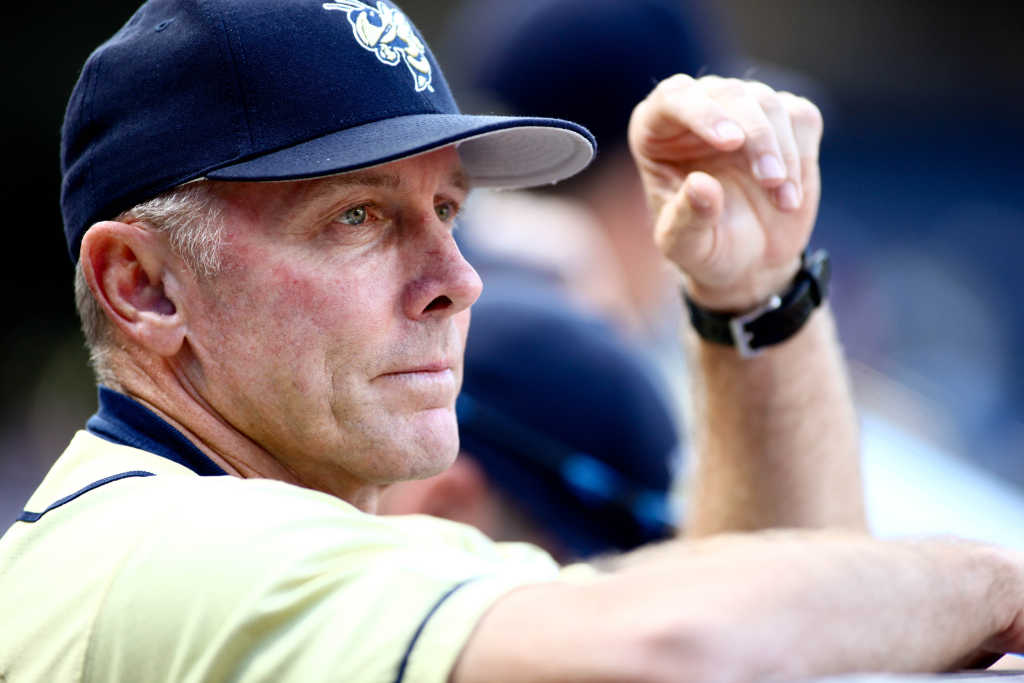
Cuisines in the U.S. can be ranked in the average American consumer’s mind. French cuisine is usually considered the classiest, most complex and, respectfully, the most expensive. Japanese cuisine is likewise held in high esteem as part of a culture renowned for its perfectionism. Italian food as well, and consumers are willing to shell out considerable amounts of money for truffle oil and fresh pasta. These cuisines are part of cultures that the average American has respect for, and as such, Americans tend to view the food as higher quality.
One of my favorite cuisines is Mexican, and it hurts that it hardly ever gets the respect it is due. Mexican food and Chinese food especially tend to be relegated to fast-food, take-out, low-cost types of restaurants. You rarely see expensive or classy Mexican food restaurants. Until 2014, no Mexican restaurant had ever been awarded a Michelin star. When people go to eat Mexican food, they are usually referring to Tex-Mex and will be ordering off a menu consisting of generic ground beef burritos and cheese enchiladas. However, Mexican food can have so much more to offer — sauces like Mole Poblano have as much complexity as any French reduction out there. Foods like pozole and tamales can have wonderful complexity, and that is just scratching the surface of Mexican cuisine.
Likewise, Chinese food is generally relegated to take-out, easy weeknight type meals. Chinese food has its P.F. Chang-type chains, but this is about as extravagant as it gets in the average American’s mind. However, China is a country of 1.3 billion people that has a lot of regional variety not adequately represented in the Chinese-American restaurant scene. Instead we get generic sweet and salty and soy-sauce-heavy “General Tso’s Chicken” at every Asian restaurant.
This dumbing down of cuisines does not exclusively affect Chinese and Mexican-American restaurants. Some of the reason the Indian restaurant scene has had such a slow start is that Americans are unwilling to spend the money on a cuisine that is necessarily pricier due to the many intricate dishes which are not quick to make.
Much of this, I believe, is due to American biases towards cultures that they consider “less refined.” Look no further than one of our Presidential candidates to see the racial and anti-immigrant prejudice problem. Though much of it may be subconscious, Americans’ prejudices are factors when deciding what culture’s cuisines they are most likely to spend on.
Luckily, some of this is changing. Big cities like New York are seeing Michelin-starred Mexican and Chinese cuisine. In Atlanta, we have a few mid-end Asian or Hispanic restaurants like Gu’s Bistro and Bone Garden Cantina. But we still have a distinct lack of high-end restaurants featuring cuisines other than the classic New-American, Italian, Japanese and French. So I encourage Americans to reconsider Asian, Hispanic, Middle-Eastern and other underrepresented cuisines. They have a lot more to offer than what you might think.









